California Gas Prices Already #1 And Newsom’s Green Agenda Could Send Them Soaring Higher – Financial Freedom Countdown
Starting July 1, California drivers face a perfect storm of rising gas prices fueled by a combination of state-imposed taxes, stricter environmental regulations, and refinery shutdowns.
From an automatic excise tax hike to the controversial Low Carbon Fuel Standard program, these overlapping factors threaten to push pump prices even higher in a state that already pays the most in the nation.
As Governor Newsom doubles down on his green agenda, working families and small businesses are left bracing for the financial squeeze.
Already Facing High Gas Prices

Californians are no strangers to steep gas prices, consistently among the highest in the country.
As of Monday, according to AAA, the average price for a gallon of regular unleaded was $4.594, significantly higher than the national average of $3.187.
Pain at the Pump: What’s Coming After July 1

Starting July 1, California drivers are bracing for a substantial increase in gas prices, driven by multiple overlapping state-imposed costs.
The most immediate is an annual increase in the state’s excise tax, rising from 59.6 cents to 61.2 cents per gallon. The diesel tax will jump from 45.4 cents to 46.6 cents. While the excise tax hike adds just 1.6 cents per gallon, it’s just the beginning of what could be a far costlier summer.
State Regulations Behind the Surge
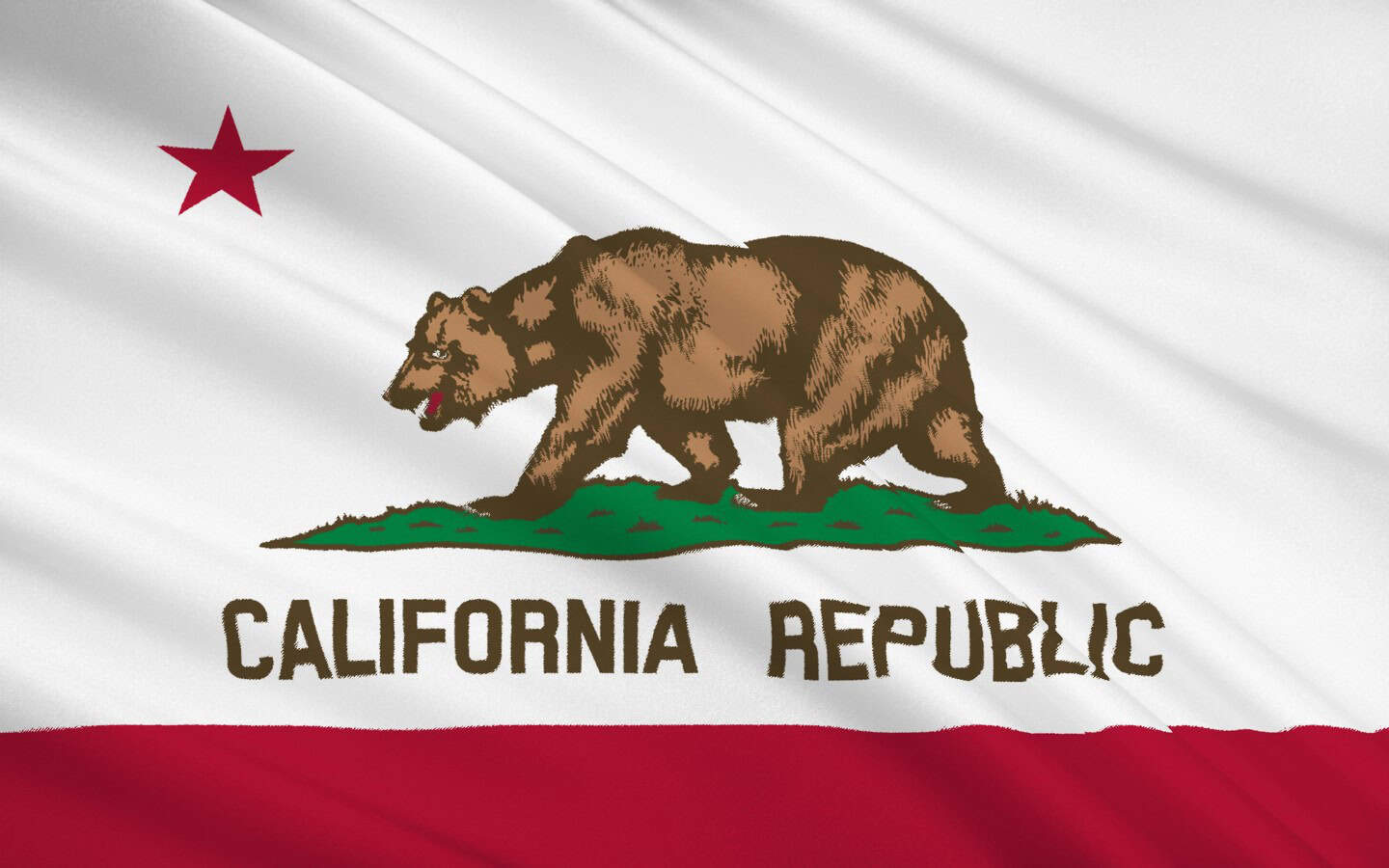
A more impactful change stems from the California Air Resources Board’s updated Low Carbon Fuel Standard (LCFS), a set of regulations approved in November 2024.
These rules aim to reduce greenhouse gas emissions but are projected by some experts to increase gas prices by as much as 65 cents per gallon.
No Legislative Oversight, No Transparency
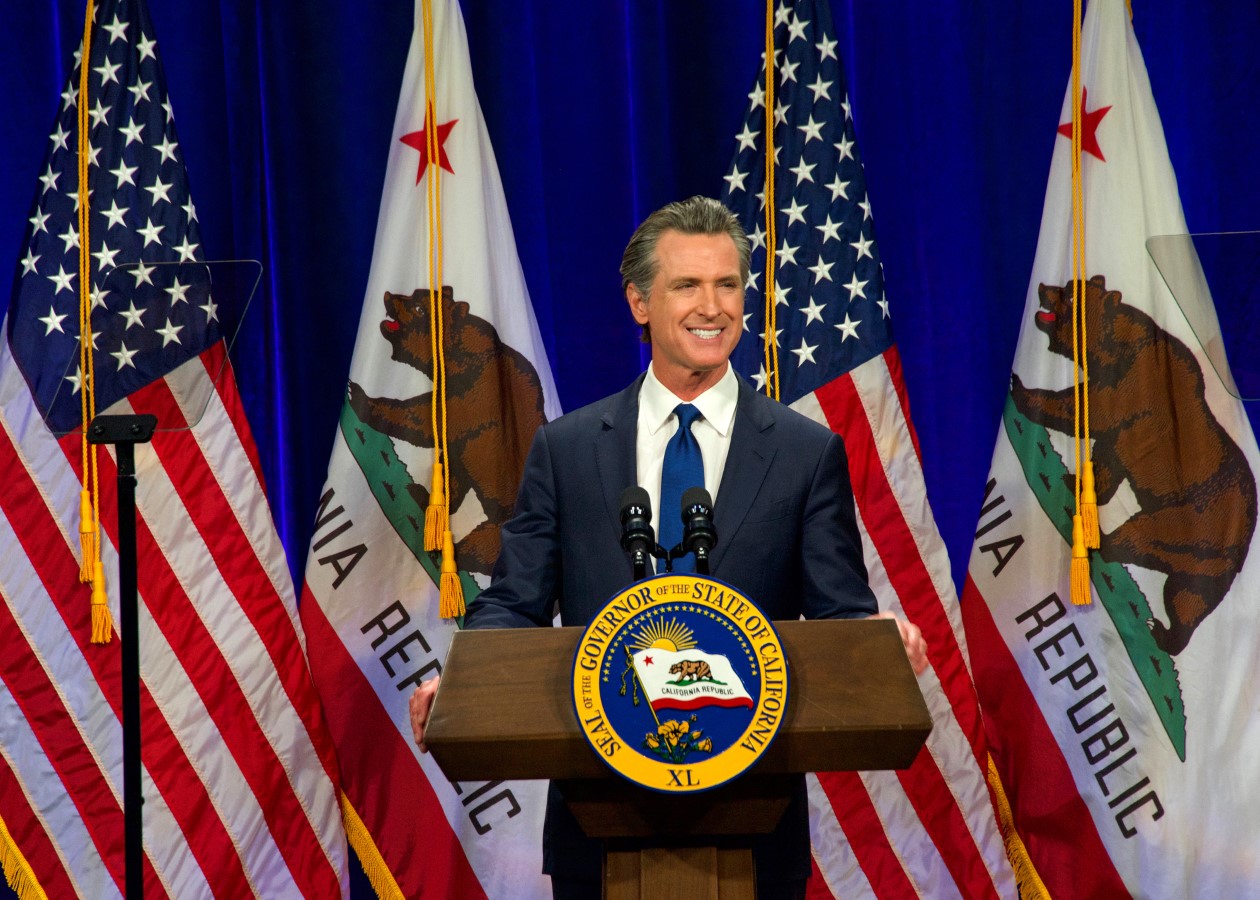
While all new tax increases are legally supposed to be approved by elected legislators, CARB; a state agency composed of political appointees, has unilaterally amended the LCFS multiple times since its creation in 2009.
Originally enacted as a “discrete early action measure” following AB 32, CARB has bypassed voters and lawmakers by expanding LCFS mandates through regulatory action alone.
State Senator Brian Jones introduced SB 2 to repeal the latest hike, but the bill was killed by Democrats in the Senate.
CARB’s Shrinking Accountability

CARB Chair Liane Randolph admitted the agency doesn’t consider pump prices when passing major fuel regulations. “CARB is making billion-dollar decisions that hit every family at the pump, and they’re doing it without even asking what it will cost,” Senator Jones said.
Meanwhile, CDTFA, the California Department of Tax and Fee Administration, the agency responsible for implementing gas taxes; provides little transparency, often failing to make gas tax changes easily accessible to the public.
The 65-Cent Controversy

Jones and other lawmakers argue that the combined effects of the LCFS and other regulatory burdens could drive prices up by 65 cents per gallon.
In a November 2024 report, CARB projected long-term gasoline price increases from LCFS of 47 cents per gallon in the short term, rising to 85 cents per gallon by 2030, and up to $1.50 by 2035.
Governor Newsom calls those estimates exaggerated, dismissing them as industry fearmongering.
Newsom Responds, But Critics Say He’s Deflecting
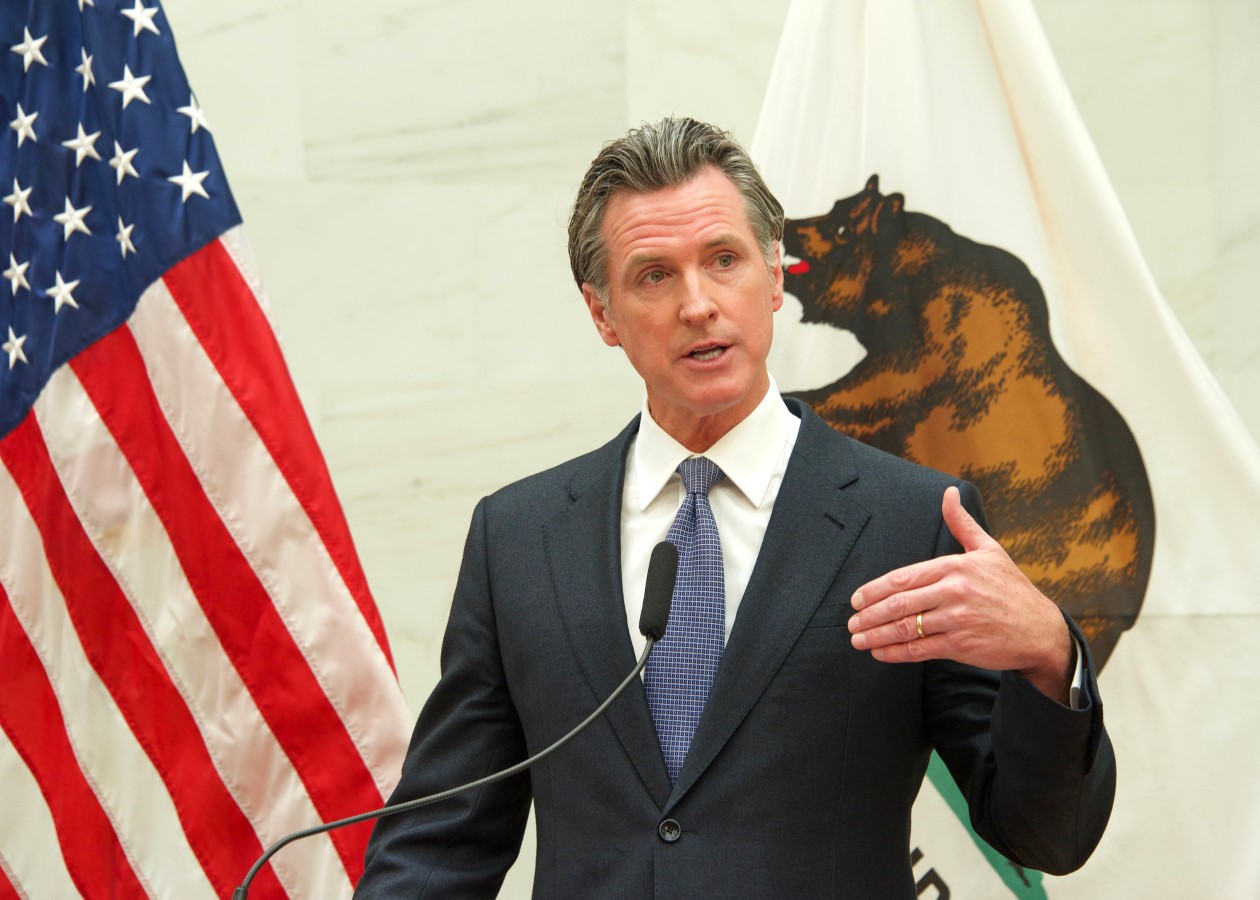
Governor Newsom issued a press statement denying that gas prices would increase by 65 cents on July 1.
He said the only certain change is the 1.6 cent gas tax hike and insisted that LCFS-related costs would be limited to 5 to 8 cents per gallon.
He defended the LCFS as a program that would save drivers money long-term by reducing fuel costs per mile by 42% by 2045.
But critics point out that this relies on speculative long-term projections, not immediate relief.
Newsom Blames Oil Industry
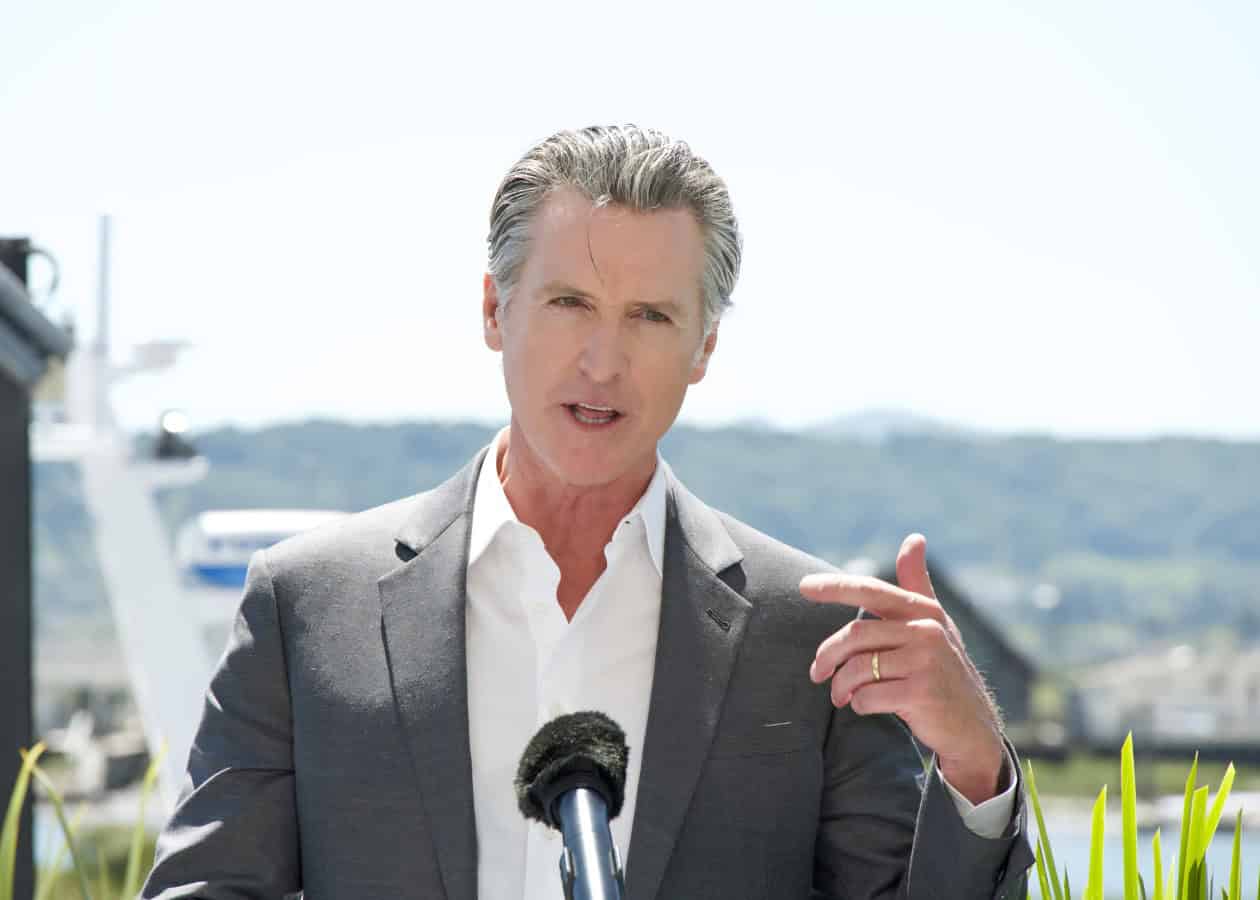
The disparity between California’s retail gasoline prices, known for being exorbitant, and those of the rest of the nation had widened.
While the oil industry attributes this to higher taxes and regulations in the state, Newsom contends that companies are exploiting global shortages for profit.
After a six-month, highly publicized standoff with the oil industry last year, Gov. Gavin Newsom accused oil companies of gouging Californians during last year’s record gas price surge and pushed for legislation to reclaim excessive profits for taxpayers.
On March 23rd, 2023 he celebrated the signing of a pioneering law that may cap oil refiner earnings.
“We proved we can actually beat Big Oil,” Newsom said.
Newsom has been unable to convince Californians who know that gas costs in Mississippi is $2.715 while the cost in California is $4.594.
California’s Refinery Count Plummets from 43 to 14

At a recent Senate energy committee hearing, Catherine Reheis-Boyd, the president and CEO of the Western States Petroleum Association, argued against caps and penalties on oil profits, claiming they would not lower prices but would instead have the opposite effect.
She explained that to avoid penalties, companies might limit supply, pushing prices even higher. “Running a refinery in California is two to three times more expensive than anywhere else in the world, reaching a point where it’s no longer economically viable,” Reheis-Boyd stated.
In 2023, California’s number of refineries had dropped to 14 from 43 in 1982. She suggested that lawmakers should focus on enhancing the oil supply chain by easing restrictions on crude oil production within the state.
In August, Chevron announced it is leaving California for Texas by moving its corporate headquarters.
Two major California oil refineries are scheduled to shut down by 2026, eliminating nearly 300,000 barrels per day in refining capacity.
This reduction in supply could further push prices toward the $8-per-gallon range, a scenario projected by a USC professor and cited by Republican lawmakers and Valley business leaders.
Calls for Legislative Action Intensify

California’s Republican delegation in Congress, led by Rep. David Valadao, has urged Governor Newsom to suspend the gas tax increase and freeze implementation of the LCFS amendments.
Already Paying For Expensive Summer Blend

The average gas price in the state has risen as the pricier summer blend takes effect.
Gas stations across California began selling the pricier summer fuel blend, designed to cut down on ozone emissions, with Southern California making the switch on February 1 and Northern California following on March 1, as reported by the energy commission.
Climate Vision or Financial Overload?

The LCFS, launched as part of California’s 2006 Global Warming Solutions Act, was never explicitly authorized by voters to serve as a gas tax mechanism.
But CARB has expanded it repeatedly, citing emissions reduction goals while refusing to acknowledge the economic tradeoffs. The original target was a 10% reduction in carbon intensity from 2010 levels by 2020; now it’s 20% by 2030; and soon it may climb even higher.
Californians already pay the highest gas prices in the nation, and with these new rules, they could be headed even higher.
CARB Refused to Provide Estimated Increase, as Lawmakers Demanded Transparency
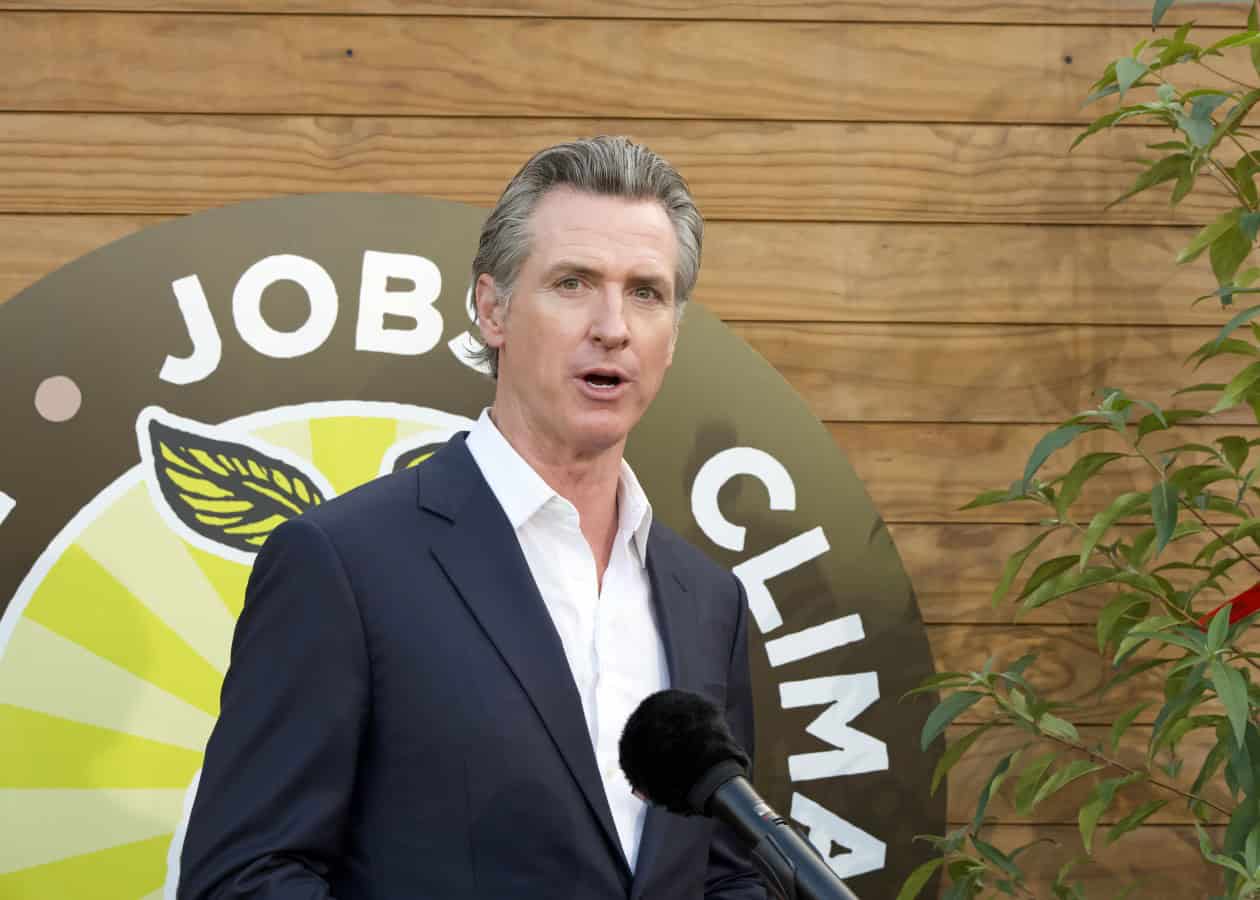
CARB claims that the estimate was merely a “snapshot,” but refuses to provide updated projections, leaving both Democratic and Republican lawmakers frustrated.
Growing concerns are emerging over the board’s unchecked power, with legislators questioning if more oversight from elected officials is needed to ensure accountability.
Ahead of the vote, California Senate Republicans submitted a petition with nearly 13,000 signatures urging this board to postpone the vote. However, the board went ahead with their vote
California’s Regulators Stay Silent on Impact of New Fuel Rules
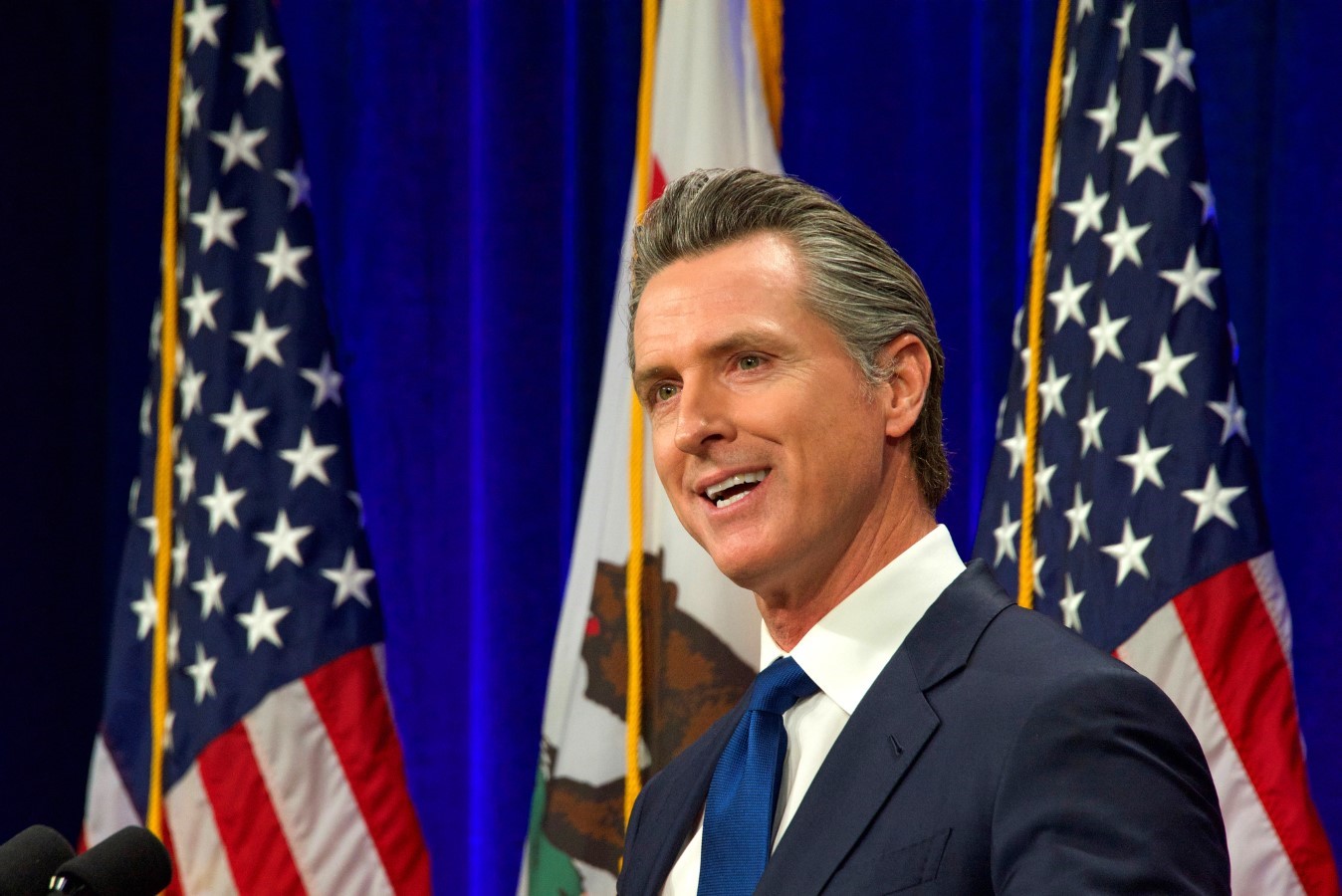
The November vote by the California Air Resources Board (CARB) focuses on significant amendments to the state’s low carbon fuel standard (LCFS), a program in place since 2011.
The LCFS penalizes refineries producing high-carbon fuels like gasoline and diesel, while rewarding the production of lower-carbon alternatives such as renewable diesel.
The proposed amendments introduced much stricter limits on the carbon intensity of fuels, which would drive up the costs for refineries needing to purchase credits to comply.
Ultimately, these higher costs are expected to be passed on to consumers at the pump, but CARB remains silent on exactly how much prices could rise.
Republican State Senators Criticize Tax Increases

State Sen. Janet Nguyen (R-Huntington Beach), a staunch opponent of tax increases, has slammed the proposed hike as a “secret” tax that would severely strain Californians financially. “The astronomical taxes and price of everything from food to gas is driving people out of California. People are putting their rent on credit cards,” Nguyen told KTVU, adding. “So what does the state do? It imposes a secret 47-cent fee in addition to the state’s gas tax so now we’ll be paying over $6 a gallon.”
CARB Claims Price Increases Are Not a Tax

In response to claims of a “secret” gas tax, CARB told KTVU that the figures cited in the preliminary report were “intended to provide a range of financial possibilities looking at how various Low Carbon Fuel Standards (LCFS) credit prices might be passed through to Californians by industry.”
Dave Clegern, a CARB Public Information Officer, clarified, “The LCFS helps drive down the cost of low carbon fuels in California by rewarding low carbon fuel producers with credits that are paid for by dirty fuel producers. This is not a tax.”
In a December report, the air board staff described the earlier gas price hike projections as “incomplete,” choosing instead to highlight the potential cost savings for drivers as the transition to electric vehicles (EVs) gains momentum.
100% Push Towards Electric Vehicles In a Decade

Last August, the California Air Resources Board set a groundbreaking mandate that requires 35% of new cars sold in the state by 2026 to be zero-emission vehicles, nearly doubling current figures, with targets increasing to 68% by 2030, and 100% by 2035.
Other States Could Adopt California’s Model
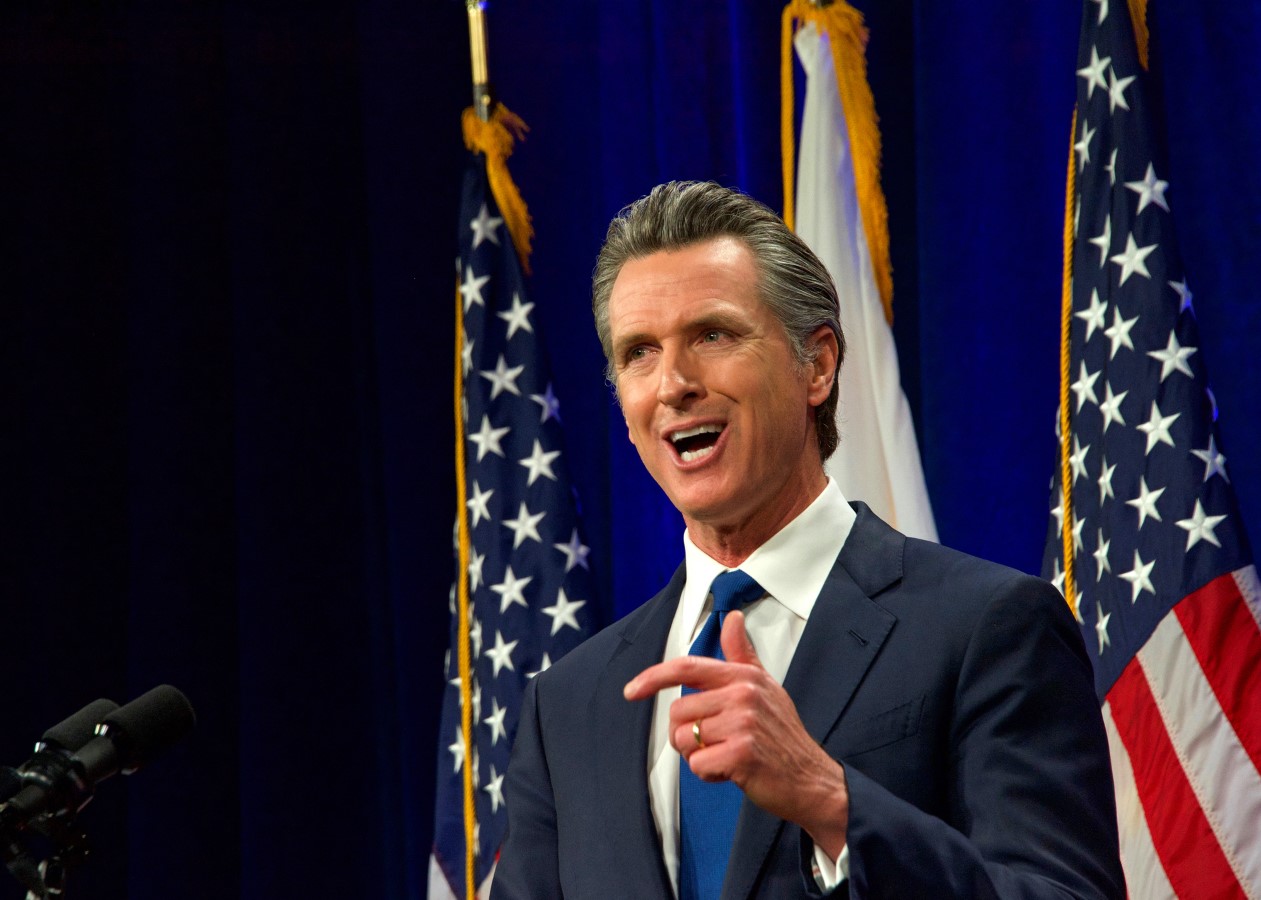
California, a major influencer in the U.S. auto market where one in every ten cars is sold, has seen at least 17 other states commit to adopting its regulations.
This move places substantial pressure on automakers to cater to varying standards across the country..
Costly and Challenging Transition to Electric Vehicles

Transitioning from gasoline-powered vehicles to electric vehicles (EVs) presents significant financial and logistical challenges.
The initial cost of purchasing an EV can be substantially higher compared to traditional vehicles, putting a strain on many household budgets.
Lack of Charging Infrastructure

Additionally, the development of EV charging infrastructure remains uneven, with multi-unit dwellings often lacking the necessary installations.
This scarcity of accessible charging stations creates a significant barrier for apartment dwellers and those without private garages, complicating the shift towards a more sustainable mode of transportation and making it less practical for a significant portion of the population.
As per the Washington Post, Biden’s $7.5 billion investment in EV charging has only produced 7 stations in two years.
Californians Bear the Brunt of Conflicting Climate Policies and Politics

As California’s gas prices, already among the nation’s highest, face an impending surge of nearly 65 cents per gallon due to lesser-known initiatives aimed at fulfilling stringent emissions targets, residents grapple with the financial strain.
Governor Newsom’s ongoing battles with the oil industry, coupled with the looming threat of gas tax hikes and soaring EV mandates, underscore the mounting challenges.
Like Financial Freedom Countdown content? Be sure to follow us!

Deciding when to claim Social Security is often about maximizing your benefit. Financial planners usually advise delaying your claim for as long as possible to secure the highest monthly payment. Your benefit is based on your lifetime earnings, with a full payout available at your full retirement age (FRA), which is currently between 66 and 67 depending on your birth year. Claiming before FRA results in a permanent reduction in your monthly benefit, while waiting beyond FRA leads to a permanent increase. However, the decision isn’t solely about maximizing the monthly check. Personal factors such as health, family circumstances, and financial needs can play a significant role in determining the right time to claim.
11 Reasons You Should Claim Social Security Early
Exploring Government Programs Granting Free Land for Affordable Homeownership: From Colorado to Iowa

Small towns across the US are offering free land for those ready to build homes and contribute to their communities. As housing costs soar nationwide, these towns are innovating to attract new residents and revitalize their local economies. From the Midwest to the Mountain states, these programs offer more than just affordable homeownership; they invite you to join a tight-knit community and embrace a whole new way of life.
Exploring Government Programs Granting Free Land for Affordable Homeownership: From Colorado to Iowa
The 9 States Taxing Social Security in 2024 and the 3 That Just Stopped
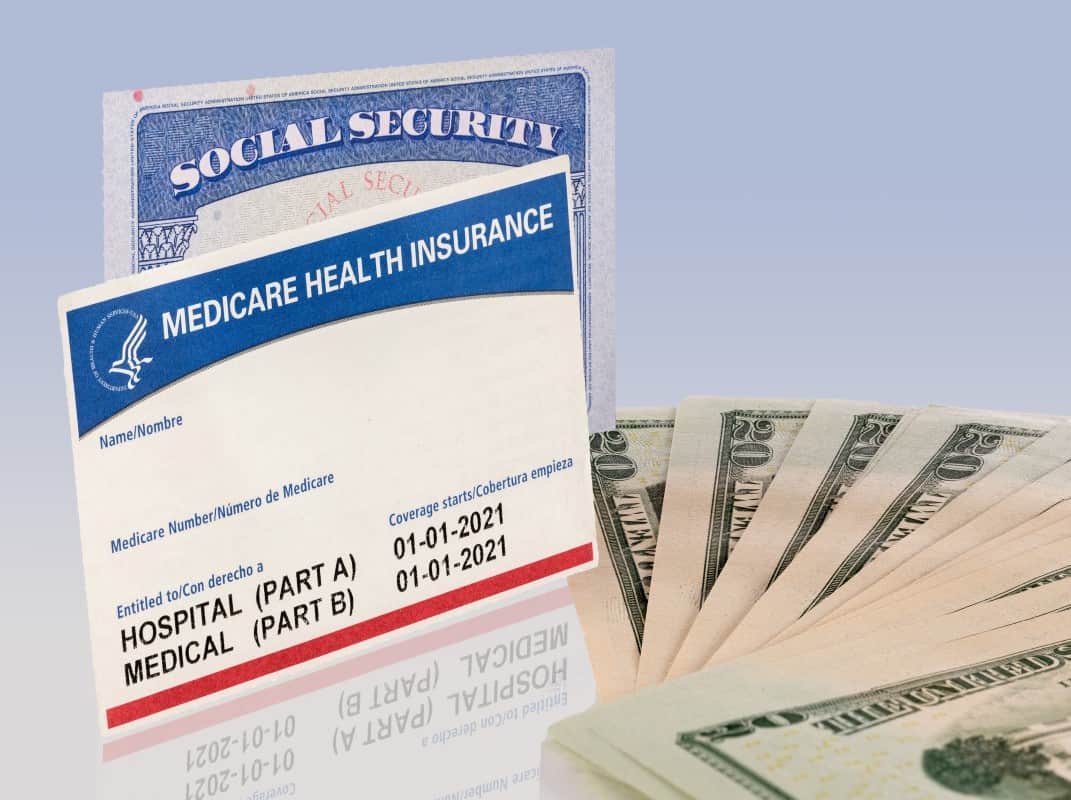
While many bask in the belief that their golden years will be tax-friendly, residents in specific states are facing a reality check as their Social Security benefits come under the taxman’s purview. Conversely, a wave of relief is set to wash over 3 states, marking an end to their era of taxing these benefits. This shift paints a complex portrait of retirement planning across the U.S., underscoring the importance of staying informed of the ever changing tax laws. Are you residing in one of these states? It’s time to uncover the impact of these tax changes on your retirement strategy and possibly reconsider your locale choice for those serene post-work years. Here are the 9 states taxing social security benefits.
The States Taxing Social Security in 2024 and the 3 That Just Stopped
Understanding How SECURE Act 2.0 Affects Your Retirement Plan

Three years after the landmark SECURE Act reshaped America’s retirement scene, the follow-up SECURE Act 2.0 expands access to retirement plans and perks. Key updates include mandatory enrollment in certain workplace retirement plans, higher catch-up contributions for older workers, and broader savings options for part-timers. Additionally, it enhances the ability to save for emergencies, providing quicker access when needed. This significant step forward promises to strengthen financial security for many. Here’s what you need to know about the new provisions.
Understanding How SECURE Act 2.0 Affects Your Retirement Plan

John Dealbreuin came from a third world country to the US with only $1,000 not knowing anyone; guided by an immigrant dream. In 12 years, he achieved his retirement number.
He started Financial Freedom Countdown to help everyone think differently about their financial challenges and live their best lives. John resides in the San Francisco Bay Area enjoying nature trails and weight training.
Here are his recommended tools
Personal Capital: This is a free tool John uses to track his net worth on a regular basis and as a retirement planner. It also alerts him wrt hidden fees and has a budget tracker included.
Platforms like Yieldstreet provide investment options in art, legal, real estate, structured notes, venture capital, etc. They also have fixed-income portfolios spread across multiple asset classes with a single investment with low minimums of $10,000.